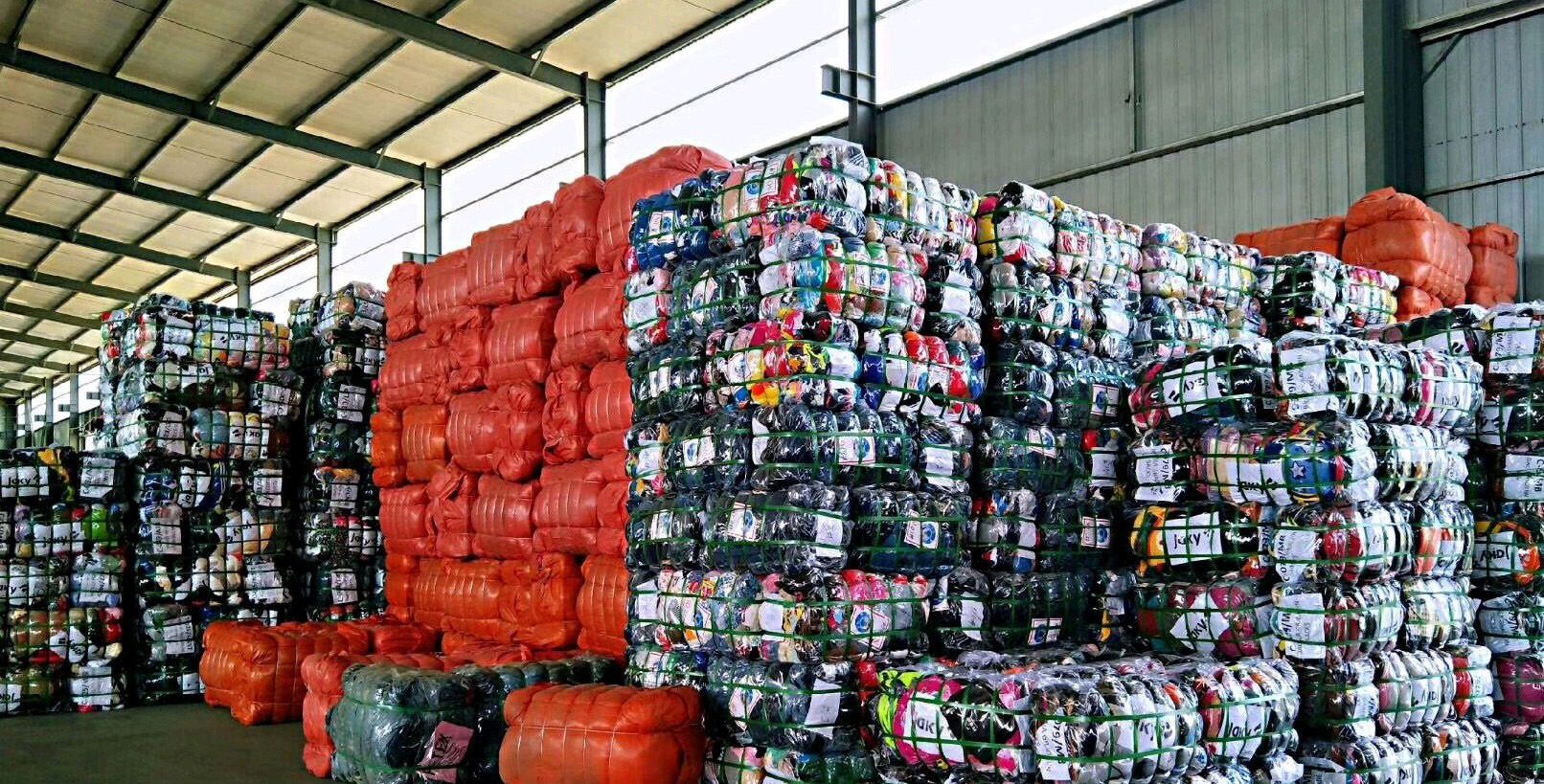H&M Group is an international clothing company. The Swedish retailer is known for its “fast fashion” – cheap clothing that is made and sold. The company has 4702 stores in 75 locations around the world, although they are sold under different brands. The company positions itself as a leader in sustainability. By 2040, the company aims to be carbon positive. In the short term, the company wants to cut emissions by 56% by 2030 from a 2019 baseline and produce clothing with sustainable ingredients.
In addition, H&M has set an internal carbon price in 2021. Its goal is to reduce greenhouse gas emissions in areas 1 and 2 by 20% by 2025. These emissions decreased by 22% between 2019 and 2021. Volume 1 comes from his own and controlled sources, while volume 2 comes from the energies he buys from others.
In addition, by 2025, the company wants to reduce its Scope 3 emissions or emissions from its suppliers. These emissions decreased by 9% between 2019 and 2021.
At the same time, the company makes clothing from sustainable materials such as organic cotton and recycled polyester. By 2030, the company plans to use recycled materials to make all of its clothing. It is reported to be 65% complete.
“Customers want brands to make informed decisions and move towards a circular economy,” says Leila Ertur, Head of Sustainability at H&M Group. “It’s not what you choose, it’s what you have to do. We started this journey 15 years ago and I think we are in a really good position to at least understand the challenges we face. steps are needed, but I believe we will begin to see the impact of our efforts on climate, biodiversity and resource management. I also believe it will help us achieve our growth goals because I truly believe that we, the customers, will support us.”
In March 2021, a pilot project was launched to turn old clothes and belongings into new clothes and accessories. The company said that with the help of its suppliers, it processed 500 tons of material during the year. How it works?
Workers sort materials by composition and color. All of them have been transferred to processors and registered on a digital platform. “Our team supports the implementation of waste management practices and helps train staff,” says Suhas Khandagale, Materials Innovation and Strategy Manager at H&M Group. “We have also seen that a clear demand plan for recycled materials is critical.”
Khandagale noted that the Recycled Materials For Clothes pilot project taught the company how to recycle on a large scale and pointed out technical loopholes in doing so.
Critics say H&M’s reliance on fast fashion runs counter to its commitment to sustainability. However, it produces too many clothes that get worn out and thrown away in a short amount of time. For example, by 2030, the company wants to recycle 100% of its clothes. The company now produces 3 billion garments a year and hopes to double that number by 2030. “To achieve their goals, this means that every piece of clothing purchased next must be recycled within eight years – customers need to return more than 24 billion garments to the trash can. This is not possible,” EcoStylist said.
Yes, H&M aims to be 100% recycled or sustainable by 2030 and 30% by 2025. In 2021, this figure will be 18%. The company says it uses a revolutionary technology called Circulose, which is made from recycled cotton waste. In 2021, it entered into an agreement with Infinite Fiber Company to protect its recycled textile fibers. In 2021, buyers donated nearly 16,000 tons of textiles, less than the previous year due to Covid.
Similarly, H&M is also hard at work on using plastic-free reusable packaging. By 2025, the company wants its packaging to be reusable or recyclable. By 2021, this figure will be 68%. “Compared to our 2018 base year, we have reduced our plastic packaging by 27.8%.”
H&M’s goal is to reduce greenhouse gas emissions by 56% by 2030 compared to 2019 levels. One way to achieve this is to produce 100% electricity from renewable sources. The first step is to provide your activities with clean energy. But the next step is to encourage your suppliers to do the same. The company enters into long-term power purchase agreements to support utility-scale green energy projects. It also uses rooftop solar photovoltaic panels to generate electricity.
In 2021, H&M will generate 95% of its electricity from renewable sources for its operations. This is more than 90 percent a year ago. Profits are made through the purchase of renewable energy certificates, loans that guarantee wind and solar power generation, but the energy may not flow directly into a company’s buildings or facilities.
It reduced Scope 1 and Scope 2 greenhouse gas emissions by 22% from 2019 to 2021. The company is actively trying to keep an eye on its suppliers and its factories. For example, it said that if they had any coal-fired boilers, managers would not include them in their value chain. This reduced Scope 3 emissions by 9%.
Its value chain is extensive, with over 600 commercial suppliers operating 1,200 manufacturing plants. process:
– Processing and manufacturing of products, including clothing, footwear, household goods, furniture, cosmetics, accessories and packaging.
“We are constantly evaluating investments and acquisitions that can drive our continued sustainable growth,” CEO Helena Helmersson said in a report. “Through our investment division Co:lab, we are investing in about 20 new companies such as Re:newcell, Ambercycle and Infinite Fiber, which are developing new textile recycling technologies.
“The most significant financial risks associated with climate change relate to the possible impact on sales and/or product costs,” the sustainability statement says. “Climate change was not assessed as a significant source of uncertainty in 2021.”
Post time: May-18-2023


